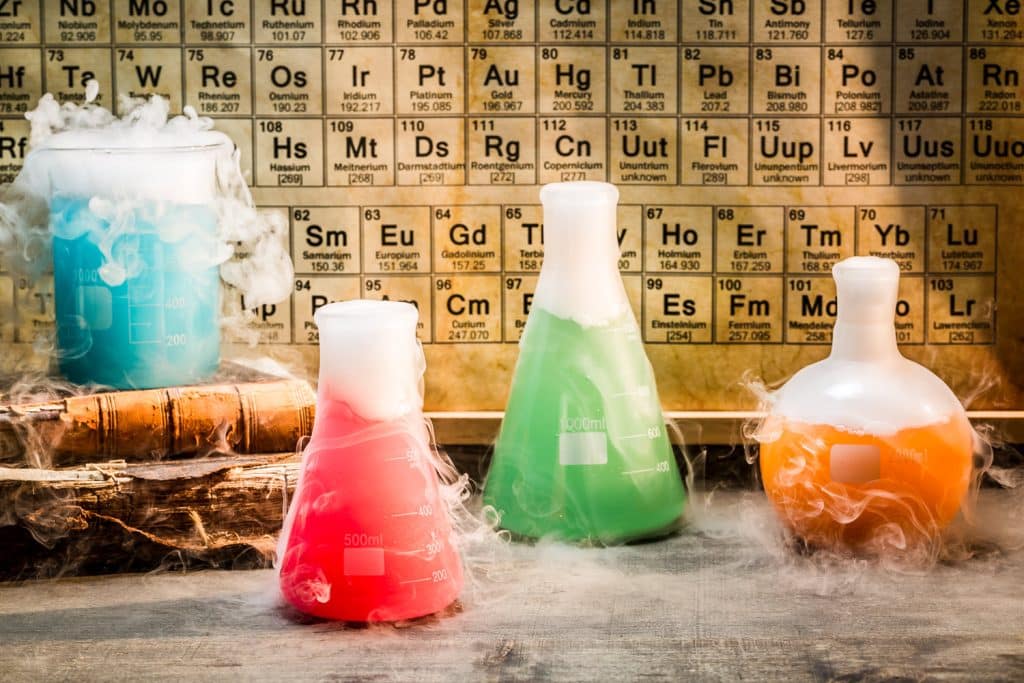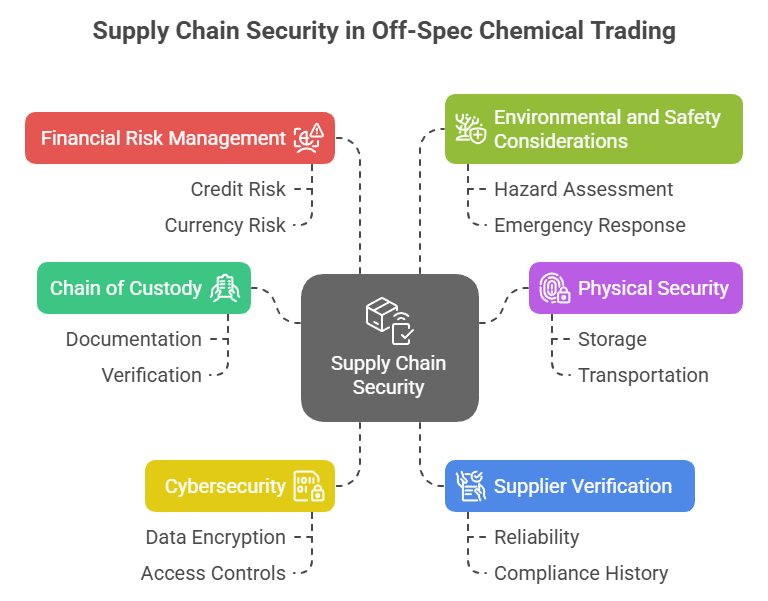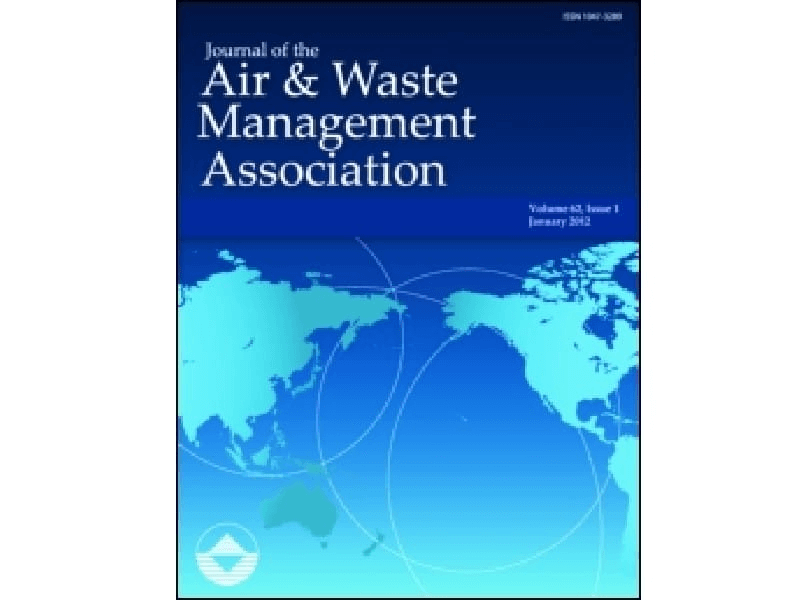Innovative Lactic Acid Solutions for Cosmetics & Fine Chemicals
Lactic Acid, a vital ingredient in modern skincare, is celebrated for its gentle exfoliating properties and ability to enhance skin radiance. Often found as surplus inventory, this chemical offers manufacturers and distributors a potent resource to boost formulations and drive product excellence without waste.
Lactic Acid in Cosmetics & Fine Chemicals: Surplus Trading for Skin Care Innovation
Trading surplus lactic acid delivers a compelling value proposition—saving costs, reducing storage hurdles, and enhancing sustainability. By converting excess inventory into revenue, companies can avoid expensive disposal fees and regulatory penalties, while supporting environmentally responsible practices that benefit both the business and the planet.
Lactic Acid in Cosmetics & Fine Chemicals / Skin care Applications
Buyers receive access to premium quality lactic acid at competitive prices, ensuring a reliable supply chain for consistent product output. Additionally, this sourcing method mitigates procurement delays and helps in achieving sustainable production targets.
Sellers can transform surplus stock into profitable revenue, reclaim valuable storage space, and significantly cut down on disposal costs. The trading platform also aids in complying with strict environmental regulations, showcasing the company’s commitment to sustainable practices.
Table of Contents
Success Story: Transforming Surplus Lactic Acid into Skincare Excellence
A leading skin care brand found itself with an excess supply of high-grade lactic acid due to an overestimate in production. Instead of facing costly disposal and storage issues, the company opted to trade its surplus through a dedicated chemical trading platform. This move not only recovered valuable capital but also enhanced their skincare lineup by integrating the high-quality ingredient into a new exfoliating serum. The initiative improved product performance and boosted customer satisfaction, demonstrating a win-win solution in both financial and sustainability metrics.



















